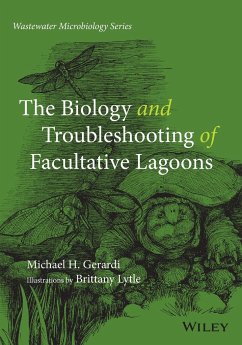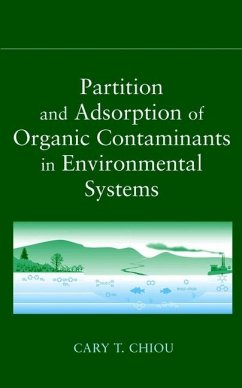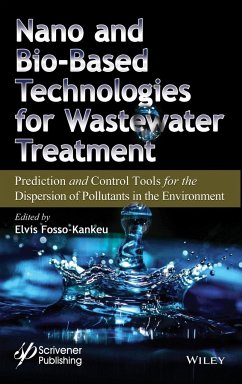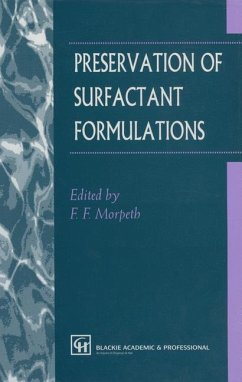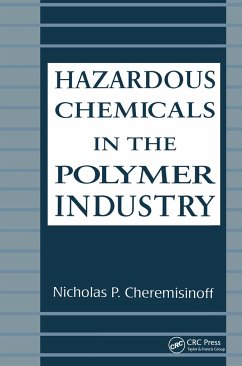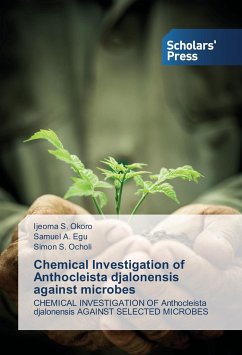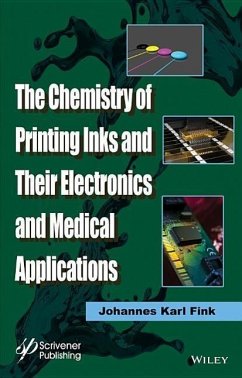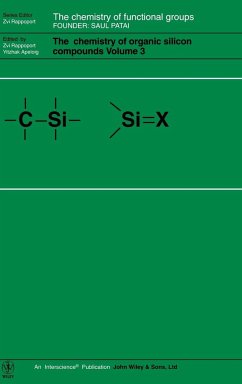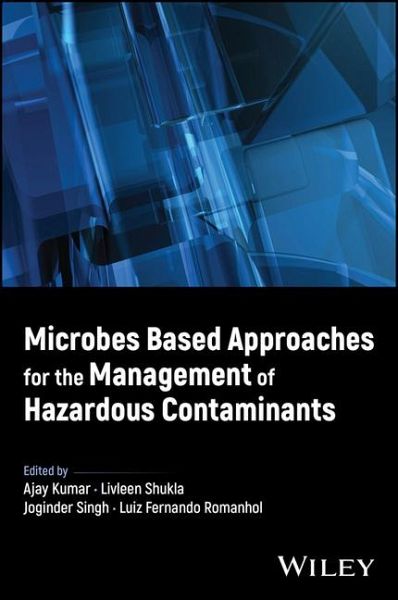
Microbes Based Approaches for the Management of Hazardous Contaminants
Versandkostenfrei!
Versandfertig in über 4 Wochen
191,99 €
inkl. MwSt.

PAYBACK Punkte
96 °P sammeln!
Learn the various microbiological aspects one deals with in environment management and the remediation of toxic contaminants in the environment In recent years, the accumulation of hazardous contaminants has caused a broad-based deterioration in global environmental quality. These have had wide-ranging negative social impacts, affecting climate, soil and water ecosystems, and more. As traditional methods of contaminant mitigation have proven inadequate to the task, microbial-based remediation offers the clearest, most environmentally friendly path forward for this crucial aspect of global envi...
Learn the various microbiological aspects one deals with in environment management and the remediation of toxic contaminants in the environment In recent years, the accumulation of hazardous contaminants has caused a broad-based deterioration in global environmental quality. These have had wide-ranging negative social impacts, affecting climate, soil and water ecosystems, and more. As traditional methods of contaminant mitigation have proven inadequate to the task, microbial-based remediation offers the clearest, most environmentally friendly path forward for this crucial aspect of global environmental stewardship. Microbes Based Approaches for the Management of Hazardous Contaminants offers comprehensive coverage of novel and indigenous microbes and their applications in contaminant mitigation. Surveying all the major microbial products and methods for degrading and remediating hazardous pollutants, it offers a key tool in the fight against global environmental degradation. The result is a cutting-edge introduction to an essential subject. Microbes Based Approaches for the Management of Hazardous Contaminants will also find: * Current and future approaches to microbial degradation * Detailed discussion of biofilms, exopolysaccharides, enzymes, metabolites, and many more * Coverage of metabolic engineering as an alternative strategy Microbes Based Approaches for the Management of Hazardous Contaminants is ideal for those working in the field for the application of microbes in the remediation of hazardous pollutants and environment management, particularly those interested in environmental sciences, microbiology and microbial technology, environmental biotechnology, and molecular biology.




